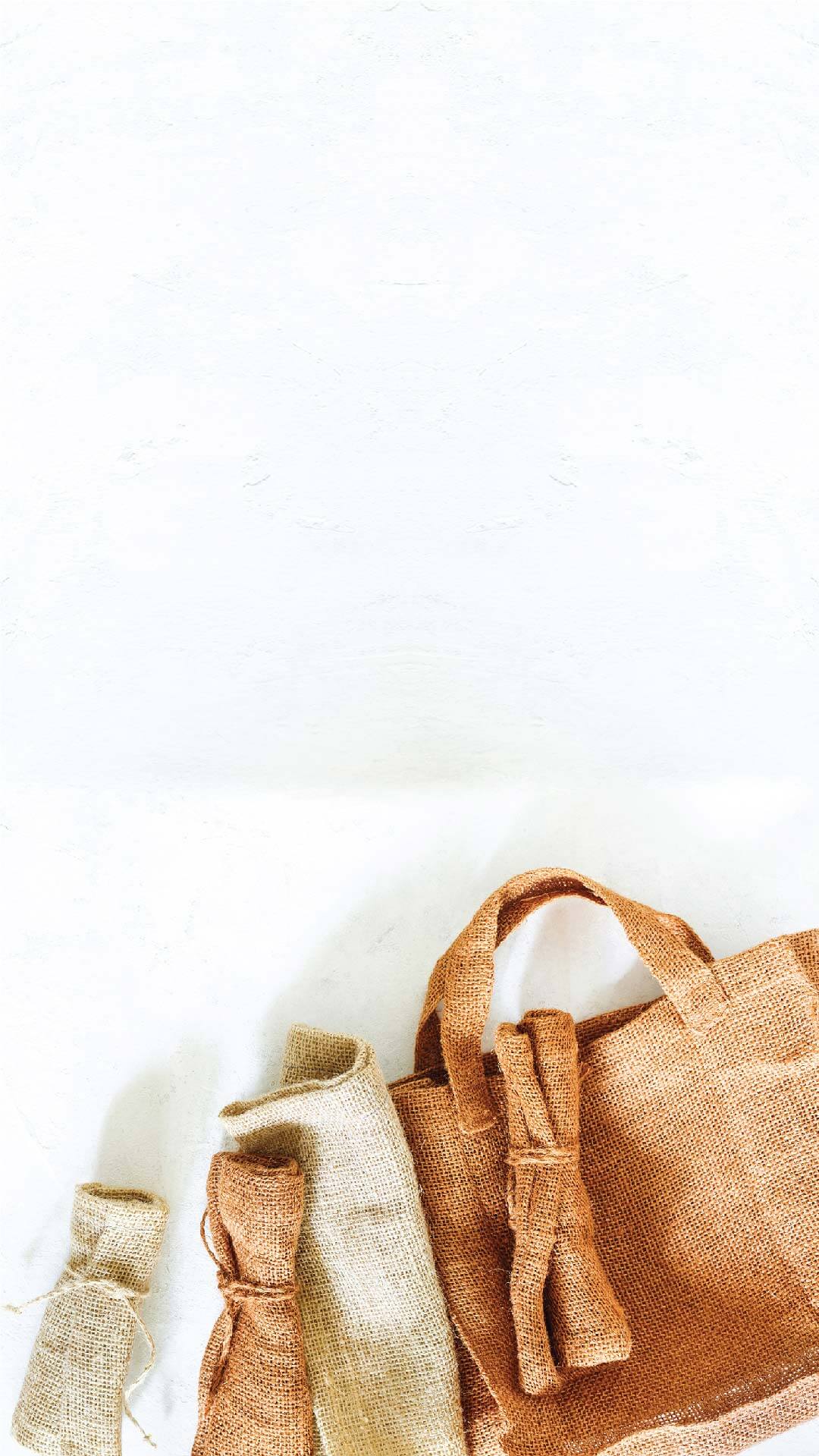
The jute plant yields the adaptable natural fiber known as jute. It is extensively employed in the textile sector, particularly in the production of sacks, Jute bags, carpets, and rugs. Additionally, ropes, twines, and handicrafts can be made from jute. This article will examine the method used to get jute from the jute plant.
Production of Jute
Tropical and subtropical regions of the world, mainly in India, Bangladesh, and China, are where jute plants are grown. The selection of suitable ground, which should be fertile, well-drained, and rich in organic matter, is the first step in the cultivation of jute. The environment should be warm and humid, and the pH of the soil should be between 6.0 and 7.5.
Planting of Jute Seeds
Jute seeds are sown in prepared soil beds in March or April. The seeds are planted at a depth of 2-3 cm and at a distance of 10-15 cm between plants. The seeds germinate in about 4-5 days, and the seedlings are transplanted to the main field when they are 3-4 weeks old.
Growth of Jute Plants

Jute plants grow rapidly and can reach a height of 10-12 feet in just 4-5 months. The plants have long, slender stems with a diameter of about 1-2 cm. The leaves are dark green, and the flowers are yellow in color.
Harvesting of Jute Plants
When the jute plant begins to shed its leaves and the blossoms turn brown, it is time to harvest it. With a sickle or a knife, the plants are chopped at the base to harvest them. The plants are then strung together into bundles and let to dry for 3 to 4 days in the sun.
Retting of Jute Stems
Retting is the following step in the extraction of jute from jute plants. The removal of the fibers from the woody stem is known as retting. Jute stems can be retted using either the water method or the solar approach.
Water retting involves soaking the jute stems in water for 10-15 days. The water softens the fibers, and the stems are then beaten to separate the fibers from the woody core. The fibers are washed and dried in the sun.
Sun retting involves spreading the jute stems on the ground and leaving them to dry in the sun for 2-3 weeks. The sun dries the outer layer of the stems, which is then removed by beating. The fibers are then washed and dried in the sun.
Separation of Jute Fibers
After retting, the fibers are separated from one another. The non-fiber components, including as dust, leaves, and bark, are first removed in order to clean the fibers. The fibers are then separated, either manually or mechanically. To increase the strength and quality of the fibers, additional processing is applied.
Jute fiber spinning
Spinning is the last step in the process of extracting jute from jute plants. The jute fibers are spun into yarns and used to create a variety of goods. Spindling can be carried out manually or mechanically.
Conclusion
Jute is an important natural fiber that is obtained from the jute plant. Jute is made from jute plants by a number of processes, including planting, growing, harvesting, retting, separating, and spinning. Sacks, bags, rugs, and handicrafts are among the things made from jute. The textile industry uses jute, a sustainable and environmentally beneficial fiber, extensively.









